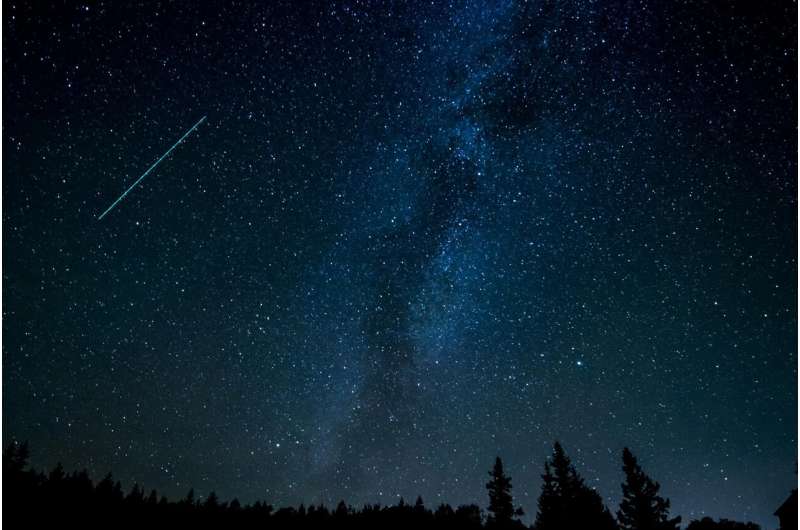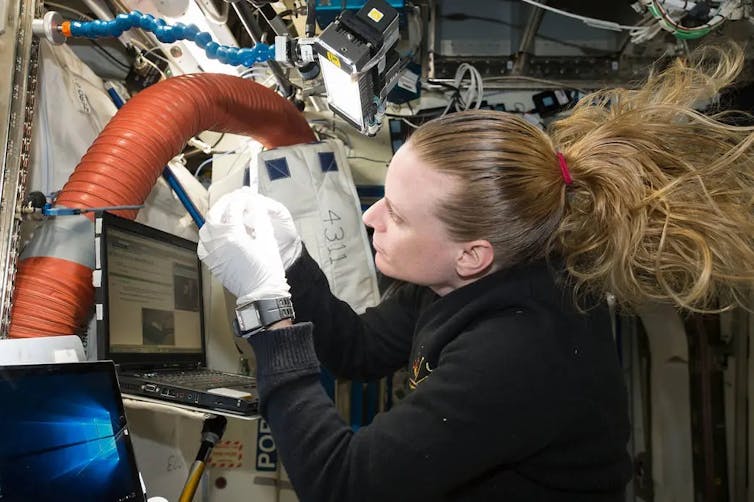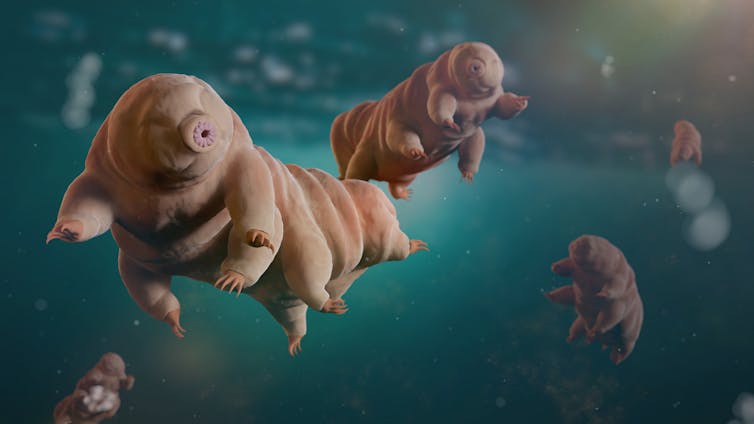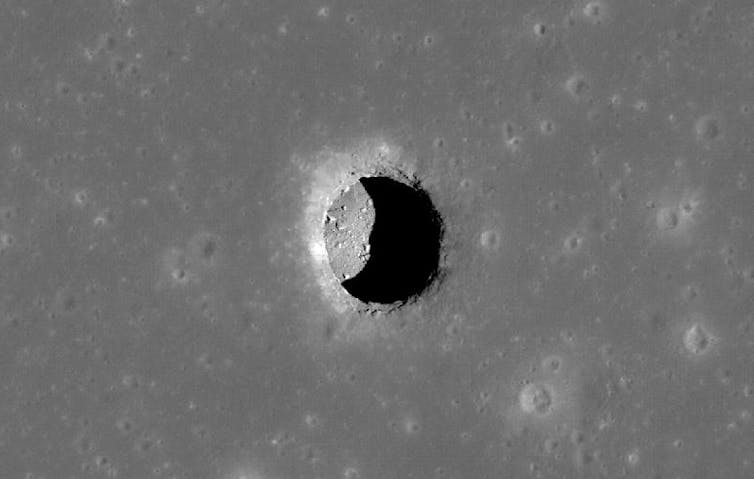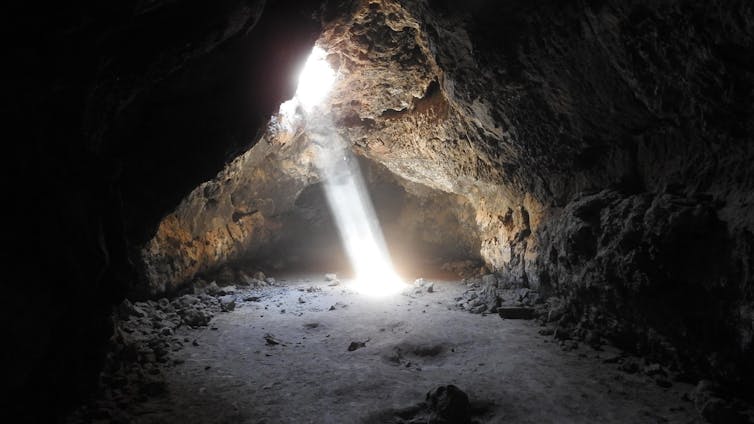New Strike Threats Loom in August Over Canada’s West Coast Ports and Rails

Labor disputes impacting both the operations of Canada’s West Coast ports and the two leading railroads are due to come to a head in August. Experts warn of the potential of more disruptions as Canada is already dealing with the impact of wildfires near the main rail line in Jasper in western Alberta province which is already causing problems and expectations of port and vessel delays.
The Canadian Industrial Relations Board is involved with both the dispute for the dockworkers in British Columbia and labor disputes impacting both CN Rail and Canadian Pacific Kansas City. The board is due to issue a ruling by August 9 on the rail labor issue which could open the window for a strike or possibly extend the cooling off period. Also, from August 6 to 9, the board is conducting a hearing on the ILWU dispute with DP World Canada which has threatened to spread into a strike for all West Coast port operations.
The ILWU Local 514 which represents 730 forepersons for the docks is increasing the pressure. After a meeting with the B.C. Maritime Employers Association and the CIRB last week, union lawyers notified the employers that they are conducting a new strike vote. They will not act before the CIRB hearing but said they expect to complete the vote on August 9.
The BCMEA asserts it previously offered a 19.2 percent wage increase and remains committed to achieving a fair settlement. The union cites the pressure by DP World to introduce automation at its Vancouver container terminal which they contend will take away union member jobs. The union proposed a new manning scale which BCMEA alleges is illegal and presented in bad faith.
The longshoremen’s foremen planned to go on strike on July 8 against DP World while the employers’ association said they would be locking out union members at all port facilities if the strike proceeded. At the last minute, CIRB ruled the strike notice was illegal. The union withdrew the strike notice delaying a strike till now.
For both the port foreman and the rail employees, the unions would have to serve a 72-hour notice before they took any actions. Business associations are already warning of the potential of crippling strikes in mid-August.
Last year, the port employees went on strike effectively closing down container and some break bulk operations on the West Coast. The government expressed dissatisfaction but initially did not intervene. Canadian Prime Minister Justin Trudeau became involved by organizing ministers and that prompted the union to withdraw further strikes leading to a settlement.
Government and business leaders called for an investigation and taking steps to prevent future strikes. The Canadian Manufacturers & Exporters association estimated last year that the port strike disrupted C$500 million (US$380 million) a day in trade, with analysts saying a rail strike could be even more devastating for the Canadian economy.












